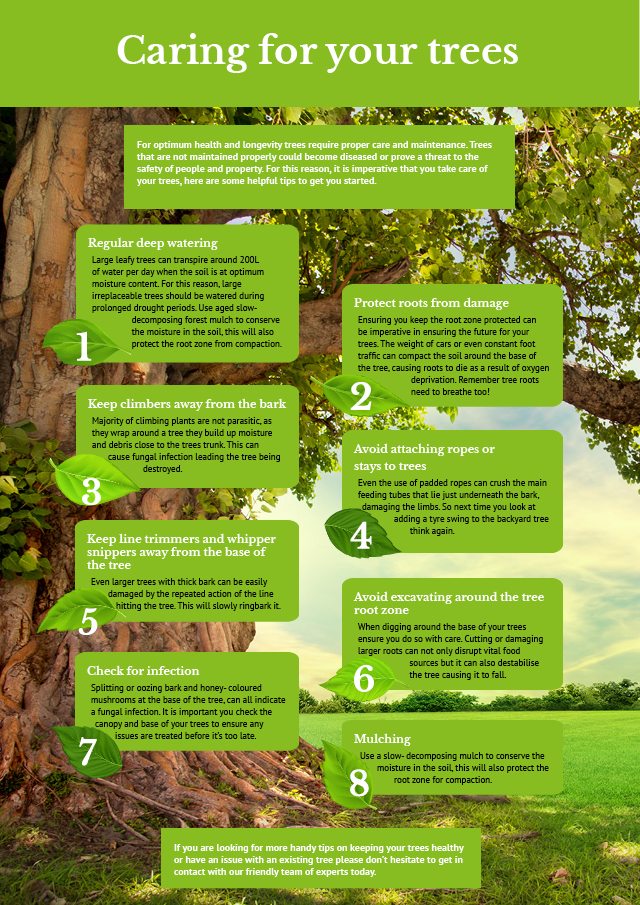Seasonal Tree Trimming: When And Just How To Prune For Optimum Growth
Seasonal Tree Trimming: When And Just How To Prune For Optimum Growth
Blog Article
Content By-French Huynh
When it involves seasonal tree trimming, timing and method are vital for your trees' health and growth. You may be shocked at how much a basic cut can encourage new life. Knowing when to prune inactive trees versus blooming ones can make all the difference. However it's not just about when; it's also concerning just how you do it. Allow's explore the very best methods to ensure your trees grow.
Understanding the most effective Seasons for Tree Trimming
When's the most effective time to cut your trees? The answer lies in comprehending the seasons. Late winter season to early spring is usually suitable, as trees are still dormant. This timing minimizes stress and promotes healthier development when they awaken.
Nevertheless, if you're taking care of blooming trees, take into consideration trimming right after their flowers discolor. This guarantees you won't remove next year's flowers.
In summertime, light trimming can aid maintain form and eliminate any type of dead or infected branches. Prevent hefty trimming during fall, as trees are getting ready for inactivity and might battle to recover.
Inevitably, knowing your tree species and local climate will guide your cutting timetable. Choose intelligently, and your trees will certainly grow wonderfully year-round.
Important Trimming Methods for Healthy And Balanced Trees
Trimming your trees properly is important for their health and longevity. Beginning by using tidy, sharp devices to make precise cuts, which helps stop damages and disease.
Concentrate on removing dead, damaged, or crossing branches initially; this motivates far better air movement and sunshine penetration. When cutting, go for an angle that promotes healing and lessens the threat of rot. Always trim just outside the branch collar, the puffy area where the branch meets the trunk, to improve recuperation.
For young trees, form them by selectively trimming to create a strong structure. Lastly, avoid over-pruning; removing way too much foliage can stress your tree.
Common Mistakes to Prevent When Pruning
Lots of homeowners make essential blunders while trimming their trees, which can cause long-term damages.
One typical mistake is over-pruning, where you eliminate way too many branches at the same time. This can stress the tree and prevent its growth.
An additional blunder is utilizing plain tools; sharp, clean devices make cleaner cuts that recover quicker.
Do not forget to trim at the wrong season; winter season is typically best for lots of species, while summertime is optimal for others.
Additionally, stay clear of reducing branches too near to the trunk or leaving stubs, as both can invite bugs and diseases.
Last but not least, failing to step back and analyze the tree's overall shape can lead to irregular growth.
Keep these mistakes in mind for much healthier, thriving trees!
Verdict
In conclusion, seasonal tree trimming is crucial for your trees' health and wellness and growth. By https://www.empireadvance.ca/news/local-news/virden-museum-gets-manitoba-150-grant-for-heritage-landscape-1.24215193 at the correct times-- late winter months for inactive trees and right after flowers for blooming varieties-- you'll encourage vivid foliage and blossoms. Remember to make use of tidy, sharp devices and adhere to proper strategies to prevent damage. Prevent hefty pruning in the fall and remain clear of common mistakes. With these tips in mind, you'll maintain your trees flourishing all the time!
